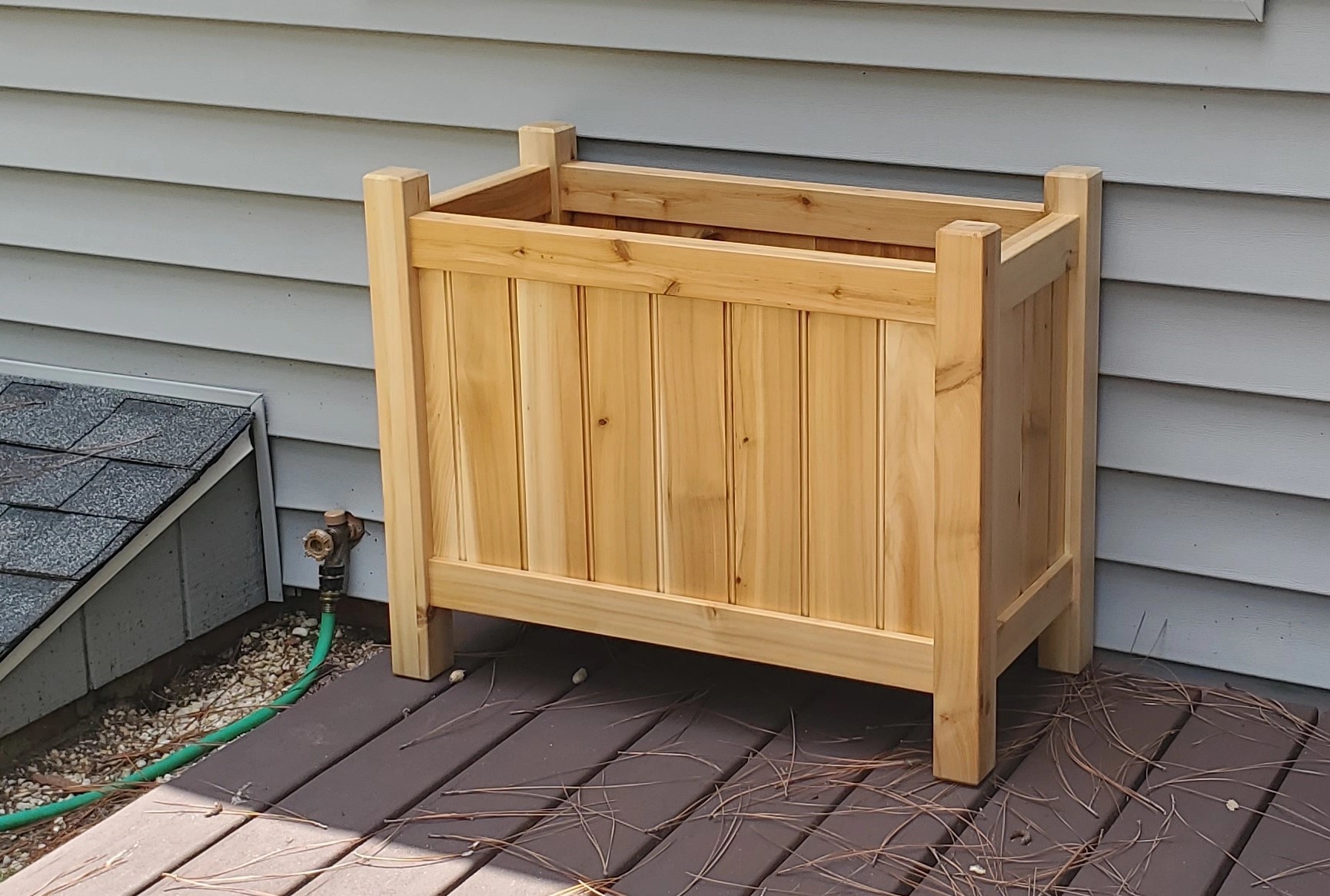

Nice


Nice
Nice, how different does it sound to a modern one?


A quick search for 2 channel 24v fan controller yealded the below link. Not saying this is ideal for your scenario but something similar will work and can be powered with a power brick. Doesn’t look like it comes with instructions though so I’m not sure what current it requires. The temperature sensor could work to make it turn on when the printer heats up as well.
https://www.amazon.co.uk/Channel-Temperature-Controller-Governor-Display/dp/B083R97GZ1


Because they didn’t actually live in caves that often.
The image of these people living in caves arises from the fact that caves are where the preponderance of artifacts have been found from European Stone Age cultures. However, this most likely reflects the degree of preservation that caves provide over the millennia, rather than an indication of them being a typical form of shelter. Until the last glacial period, the great majority of humans did not live in caves, as nomadic hunter-gatherer tribes lived in a variety of temporary structures, such as tents[4] and wooden huts (e.g., at Ohalo). A few genuine cave dwellings did exist, however, such as at Mount Carmel in Israel.>


It’s all relative, someone who never touched on Fourier or Laplace might see Pythagoras or trigonometry as the peak of mathematics and something very difficult. There will be some hardcore mathematicians that dream in Laplace…(shudders)
I disagree that the main reason is thermal runaway. It is more likely to be underrated components that can’t handle the current. This would not be immediately apparent and does usually come from lower quality printers.
I agree, I’m looking for immersion and story. That said, I’m also willing to wait a few months for devs to fix all the bugs they should have removed before the rushed release dates.
Voron allow you to configure a printer and the provide a spreadsheet suggesting the sources for buying the parts. They aren’t region specific but most of the vendors are multinational.
This is my course of action with anything I buy.


I don’t want to be preachy but I’d like to take this opportunity to draw everyone’s attention to the sustainability of rare hardwoods.
I could talk at length about the socioeconomic impact of rare hardwoods as well as the environmental impact, but to keep it short, the wood database has a good article on the sustainability of darkwoods.
https://www.wood-database.com/ebony-dark-outlook-dark-woods/


I think it depends on how much you are willing to maintain it and if you are flexible on the types of materials you use. Where you live will have a significant impact as well, if you live near the sea up north then you are going to have a harder time than if you live inland in the south.
BLO works but you will have to maintain it regularly and how regularly depends on the weather.
You can use specific wood types that work well outside; pressure treated timber starts off looking a blue/green colour but fades to a silver and won’t need looking after for a long time. Teak is the classic option for outdoor furniture as it’s naturally resistant to pests and erosion, it’s an exotic hard wood though so not the most sustainable. White oak is resistant to rot as well but isn’t easily available. . Any of these with an annual coat of BLO will probably keep them looking new, if you don’t mind them becoming more rustic then you can leave it for longer.
I honestly think this is the worst use case for a 3d printer. The part isn’t improved by printing. You can buy the part easily. The cost of modelling time and printing is more than the replacement. There’s a decent chance the replacement part would have arrived quicker than the print took… Sorry to be a bore, it’s better than an octopus or another benchy, I’ll give you that.